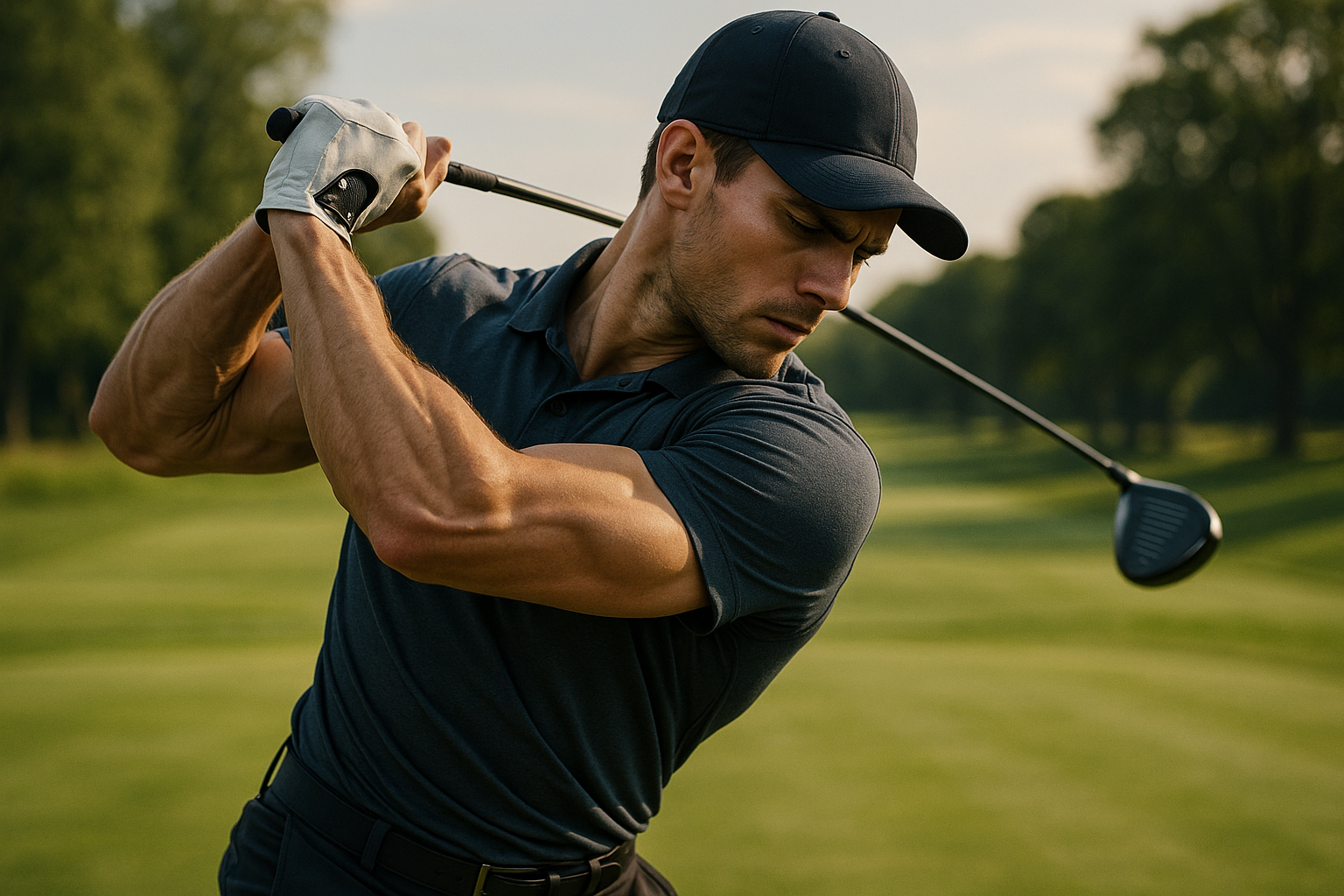Golf equipment for players at every level: what to know and how to choose
Every golfer, from a beginner learning the swing to an experienced player refining accuracy, benefits from understanding the range of golf equipment and how each item affects performance. Knowing what clubs, golf balls, golf bags and maintenance practices suit your game helps you make confident purchases, manage costs, and keep gear playing its best for seasons to come.

golf: What equipment do you need?
Basic golf equipment covers a few core items: a set of clubs, a supply of golf balls, a bag to carry or cart them, appropriate footwear, and basic accessories like tees and a glove. For beginners, a reduced set (driver, a couple of woods or hybrids, mid- and short-irons, a wedge, and a putter) is often sufficient. As skill and course demands grow, players add specialty clubs and experiment with ball types to fine-tune distance, spin, and feel.
clubs: How to choose clubs?
Selecting clubs involves matching loft, shaft flex, and clubhead type to your swing and physical characteristics. Drivers and woods focus on distance, irons on accuracy and control, and wedges on short-game versatility. Consider factory-fit or custom-fit options—fitting sessions measure swing speed, launch angle, and ball flight to recommend shaft length and flex. For many players, buying a complete set from a reputable manufacturer provides consistent feel and matched performance across clubs.
golf balls: How to select golf balls?
Golf balls vary by construction (two-piece, multi-layer), compression, and cover material, influencing feel, spin, and distance. Lower-compression balls often feel softer and suit slower swing speeds; multi-layer or urethane-cover balls offer more control around the greens for experienced players. Frequency of play and lost-ball risk also affect choice—durability and price per dozen matter for regular players. Trial packs or buying mixed brands in small quantities can help you find the right balance between distance and short-game control.
golf bags: How to pick golf bags?
Golf bags come in several types: carry (stand) bags, cart bags, and tour bags. Carry bags prioritize light weight and comfortable straps for walking the course; cart bags focus on storage, pocket organization, and stability on a cart or trolley; tour bags are large and durable, used by professionals and serious players. When choosing a bag, consider how you typically play (walking vs. cart), how much gear you carry, club divider configuration, and weather protection. Practical features like insulated pockets and rain covers add convenience.
golf equipment: Care and maintenance
Regular maintenance preserves performance: wipe clubfaces after shots, dry grips and clubheads to prevent corrosion, and inspect shafts and grips for wear. Replace grips every season or when tackiness diminishes; regripping improves control. Store clubs in a dry place and use a headcover for woods and drivers to reduce dings. For balls, keep a small supply of clean ones in the bag and dispose of cracked or scuffed balls from competitive play. Routine checks of bag zippers, cart-strap compatibility, and wheel bearings (for push carts) extend the life of equipment.
When comparing specific products and considering cost, real-world ranges help frame choices. New drivers and metalwoods from major brands often sit in the $300–$600 range; iron sets commonly range from $500 for cast sets to $1,200+ for forged or game-improvement sets; premium golf balls typically cost $40–$60 per dozen, while budget or practice balls are cheaper. Carry and cart bags vary from about $80 up to $350 depending on materials and pocket count. Custom fitting, regripping, and shaft upgrades add to total expense but can produce measurable performance gains for many players. Local services in your area often provide fitting and repair options, and used gear markets can reduce entry costs.
| Product/Service Name | Provider | Key Features | Cost Estimation |
|---|---|---|---|
| Pro V1 (golf ball) | Titleist | Urethane cover, multi-layer construction, control and greenside spin | ~$45–$55 per dozen |
| Stealth 2 Driver | TaylorMade | Carbonwood face, adjustable weights, distance-focused design | ~$400–$500 |
| Rogue ST Max Driver | Callaway | Speed-optimized face, forgiveness features for off-center hits | ~$400–$500 |
| JPX 921 Forged Irons (6-PW) | Mizuno | Forged construction for feel and workability | ~$1,000–$1,200 |
| C-130 Cart Bag | Sun Mountain | Cart-optimized pockets, full-length dividers, durable build | ~$200–$240 |
Prices, rates, or cost estimates mentioned in this article are based on the latest available information but may change over time. Independent research is advised before making financial decisions.
Choosing golf equipment is a balance between your current skill level, physical needs, play frequency, and budget. Start with reliable basics, prioritize a proper club fit where possible, and test ball and club combinations on the course or driving range. Regular maintenance and realistic expectations about lifespan and replacement costs help keep your gear performing well as you develop your game.






